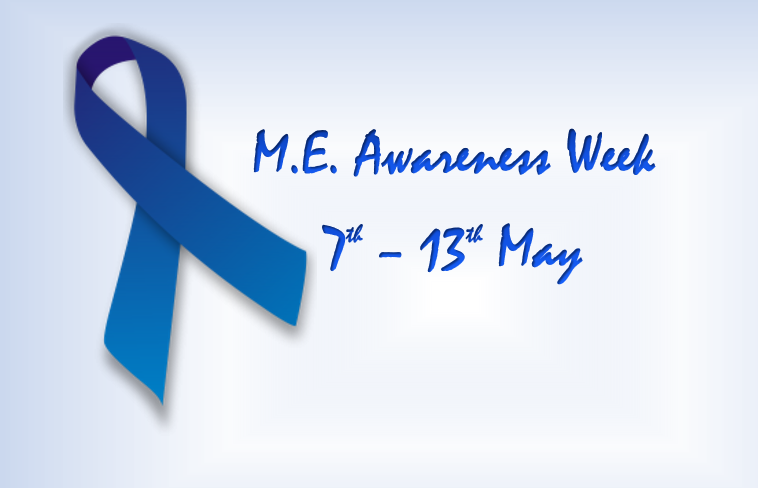By Ana Sofia Reyna
Diabetes Awareness Month
Over the past month communities all around the world have teamed up to help
shed a light on the impacts diabetes has had and keeps on having in our world today. And so, because of this, it is now our turn for LGB to get an insight on what diabetes is.
Diabetes is a disease in which your body contains too much sugar. Meaning
glucose levels in the blood are very high. It can be caused by two main factors, which is why we categorise diabetes as two main types. Type I and II.
Type I diabetes occurs when the body’s immune system begins to destroy beta cells in the pancreas. The beta cells are responsible for producing Insulin. Insulin is a hormone that allows the body to regulate the levels of glucose in our blood. It is mostly developed at a young age and it can be treated by insulin injections, exercise and healthy monitored diets.
Type II diabetes in the other hand, can be developed at any age. It can be caused by obesity, lack of exercise or genetic factors. Type II diabetes occurs when targeted cells become insensitive to insulin. Meaning that insulin does no longer help and glucose levels rise because cells do not longer respond to it.
Luckily over the past 130 years, scientists have developed new and better ways
to deal with this disease. Now because of their discoveries we are able to keep progressing on the matter and hopefully save many lives. Here is some history as to how this fight against diabetes began.
In 1889 Joseph von Mering and Oskar Minkowsk discovered the role that the
pancreas had in diabetes. By using dogs as guinea pigs they discovered that a pup who’s pancreas had been removed developed all the symptoms of diabetes and short after would die. Not long after that in 1910 a man called Edward Albert Sharpey-Schafer deduced that diabetes came as a result of lack of insulin, a chemical which regulated the amount of sugar in the blood. Many scientists after these discoveries attempted to find a cure for the disease. However, it was not until 1921, when Sir Frederick Grant Banting and Charles Herbert Best decided to go prove that by giving diabetic dogs extracts of pancreatic islets they could be cured.
Banting began his journey of his research by asking a Professor John Macleod
who worked at Toronto University if he could use the laboratories at the University for the summer. Macleod agreed to it but with the condition that he was to finish before he came back from Scotland (his home country). Banting surely agreed and Macleod left to the UK leaving Banting with a graduate student Charles Herbert Best. They began their research and experimentation by using dogs and injecting them with an extract made from duct-ligated pancreas. However, this extract only managed to keep some dogs alive. Still, they decided to send all their findings to professor Macleod. Sadly they were not ready for the bad news they received. Although they had endured through a lot of research, most of the data Banting and Best had recollected ignored anomalies in the results and did not always end up being correct. Still, Banting and best did not give up. Macleod asinged James Bertram Collip, a biochemist, to help them in the search of the cure. The relationship between the four was very friendly and professional until Collip was able to develop the perfect way to purify Banting’s extract into what we now know as “Insulin” the antidiabetic solution. Banting, although he was not the one to find the final product of the antibiotic for diabetes, was still granted the Nobel peace prize together with Professor Macleod. Banting then decided to split half his price with Best and in a similar manner Macleod shared his price with Collip.
Even if the journey to finding the solution for diabetes was no walk in the park,
the world is now very lucky for having all of these new findings. Unfortunately, diabetes is still a disease that affects more than 400 million people and so many studies are still taking place worldwide. Including the research being done here in Geneva at HUG. Just last week, biology year 12 students had the opportunity to take part of a Diabetes awareness day at the University in which they learned many new things on the topic and about all the research that is being done there and all of the discoveries that have been achieved there too.
Hopefully this has helped you further your understanding about diabetes and it
encourages you to take more care of yourself.



